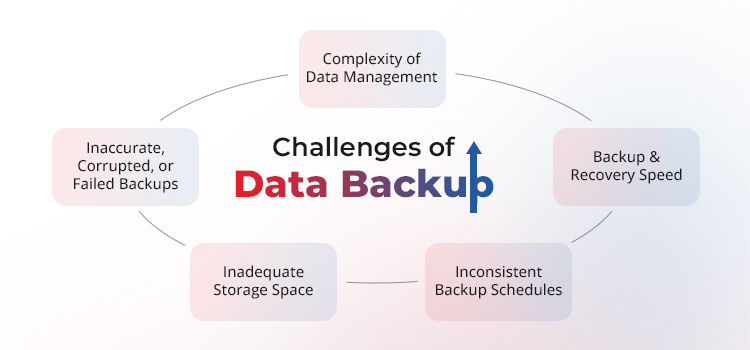Data fuels decision-making, drives business operations, and builds customer trust. However, this invaluable resource is in permanent danger due to hardware malfunctioning, human mistakes, cyberattacks, and natural disasters that nobody can foresee.
Without proper defenses, these threats might lead to data loss, destabilize your business, or even cause disastrous consequences. Having a good data backup plan in place can make all the difference, keeping your data safe regardless of the challenges.
The Importance of Data Backup for Your Business
Data backup is a process of replicating your data so that you can restore it in the events of data loss, often caused due to human errors, hardware or software malfunction, corruption, cyberattacks, and natural calamities.
It is one of the ways how businesses safeguard their most critical information and is an essential part of every disaster recovery plan. Backups ensure business continuity and minimize downtime, making them a key for efficient data recovery, compliance, and maintaining the trust of your valuable customers.
Challenges of Data Backup
Unlike popular belief, backups aren’t a “set it and forget it” proposition. You have to plan your execution, construct your backup system, and be prepared to debug and sort problems along the way until your setup is really smooth. Let’s cover some particular challenges businesses encounter when implementing their data backup plans.
1. Inaccurate, Corrupted, or Failed Backups
Faulty backups are among the most common problems encountered in data recovery and backup. They may be caused by various issues: from partial backups, lack of regular testing, and untrustworthy tools to more extreme threats, such as ransomware attacks or unauthorized access.
Picture an organization that uploads its data successfully for backup but never checks to confirm that all is well. One day, they find out that the backup storage has been hacked, making the stored data useless.
Also, on-premises physical backup media can also fail or become corrupted. Even with a skilled backup vendor, trusting outdated backup technology could result in data inconsistencies in storage, such that much of the data might be irretrievable.
2. The Complexity of Data Management
One of the most important challenges in cloud and hybrid environments is dealing with the intricate nature of data protection. Your data could be dispersed across different locations: on-premises, public clouds, private clouds, or even multiple cloud configurations, each with backup policies, formats, and schedules.
In addition, data is now frequently in motion and constantly altered, so it must be monitored and synchronized at all times. The solution is to use a single backup strategy that covers all sources of data and types, supported by a central management appliance that automates, orchestrates, and closely monitors your backup operations.
3. Backup and Recovery Speed
In cloud and hybrid environments, one of the biggest challenges is ensuring that your data backup and restore are quick and reliable. Several variables, including delays in the network, bandwidth constraints, storage limits, and the frequency at which backups are made, can all make an impact on your recovery time (RTO) and point in time from which you can recover data (RPO).
Moreover, the heterogeneity of your backup environments usually requires varied recovery techniques, tools, or file types. To address this issue, it’s important to improve your backup system’s performance and efficiency by using methods such as compression or incremental backups and selecting a backup solution that provides flexible recovery capabilities, such as granular, instant, or cross-cloud recovery.
4. Inadequate Storage Space
Another major challenge for data backup and disaster recovery is insufficient storage space when backing up data. This problem is fairly simple to understand: businesses need to ensure that their backup facilities—whether they’re utilizing physical devices or cloud facilities—have sufficient room to store all required backups.
Without enough space, the backup operation could fail, negatively impacting the entire disaster recovery plan.
5. Inconsistent Backup Schedules
Irregular scheduling of backups represents a major threat to data disaster recovery and protection. Sporadic or inconsistent backup scheduling results may lead to gaps in your data protection endeavors, which can translate to significant loss in case of a system disaster or failure. Inconsistent scheduling implies that the latest changes or key information may not be included, and hence, recovery processes would be incomplete.
This irregularity makes the restoration process more difficult, possibly leading to extended downtime and business disruption, and making it harder to ensure data integrity and regulatory compliance.

Summing Up
In short, data backup and recovery pose significant challenges and should not be overlooked if you are serious about the security of your data. Therefore, you need to create a plan that suits your individual needs and financial limitations. To save on much time and effort, we recommend using professional data backup software.
Was this article helpful?